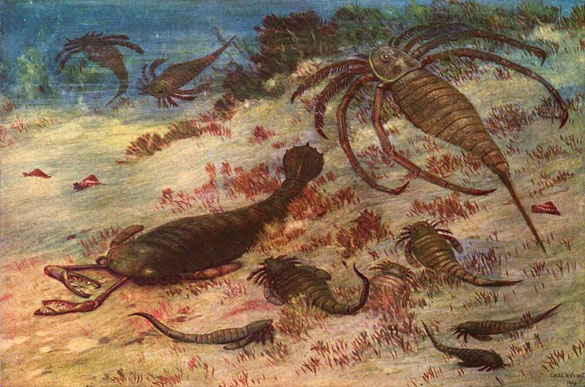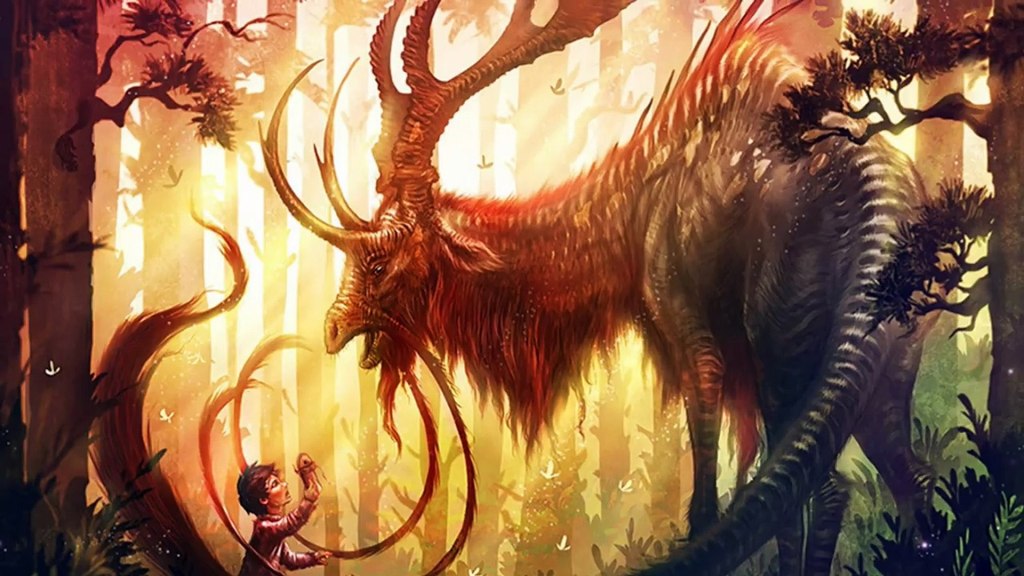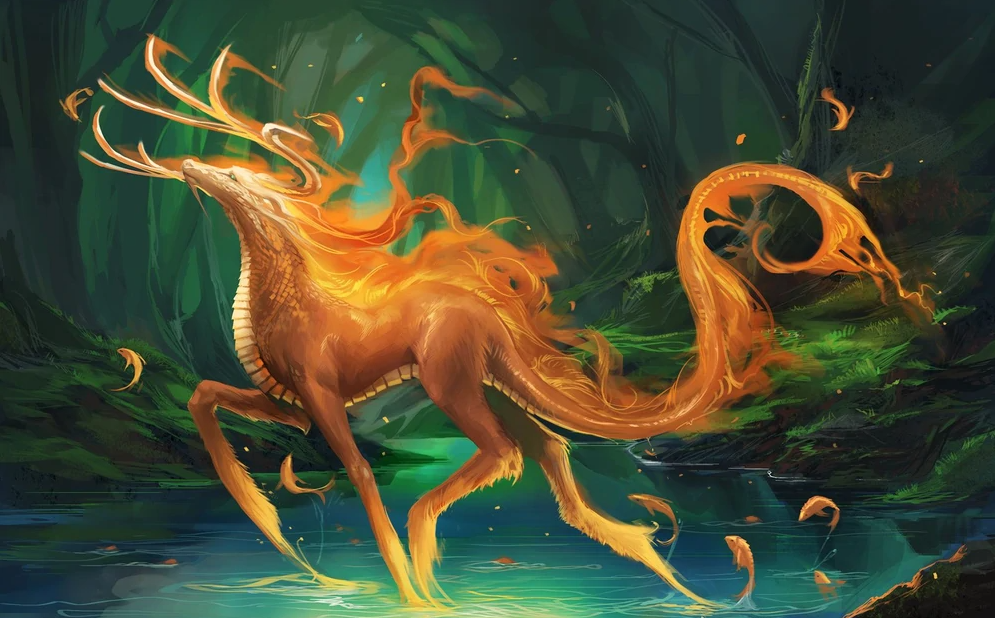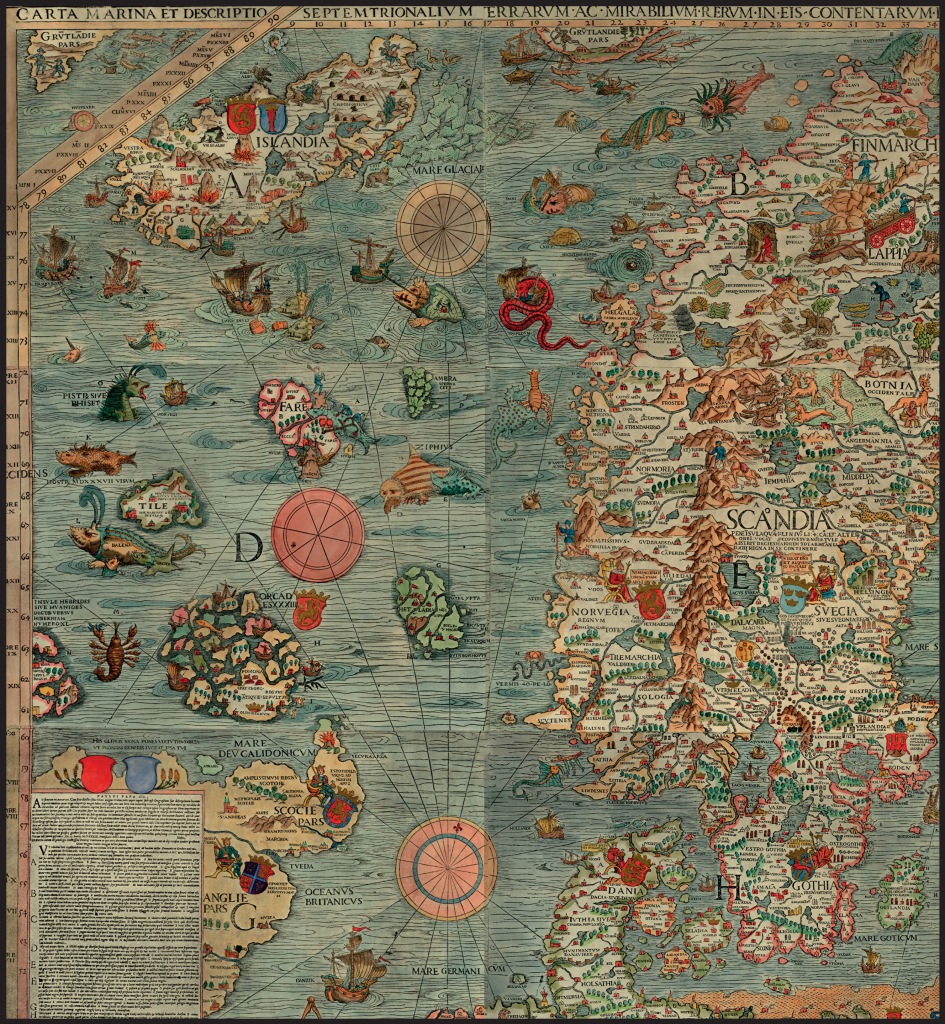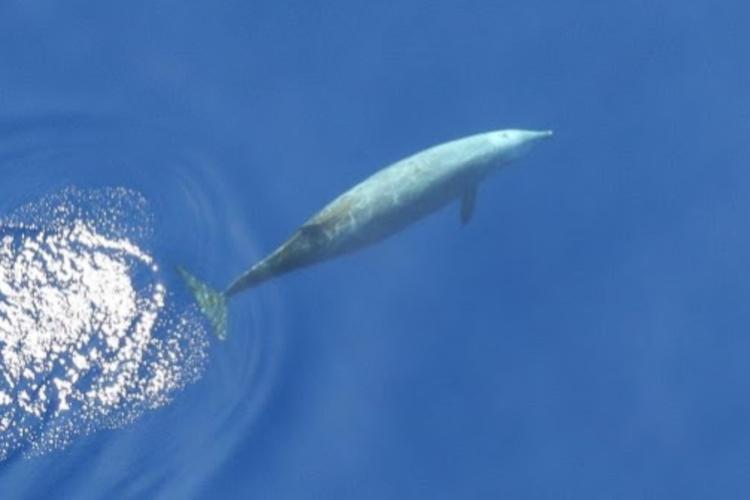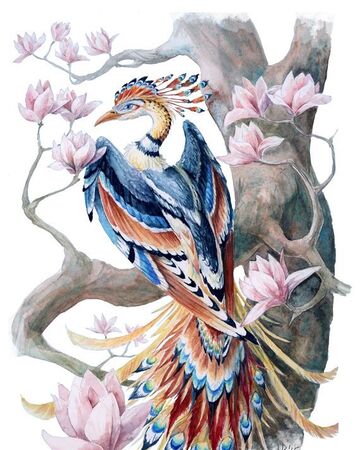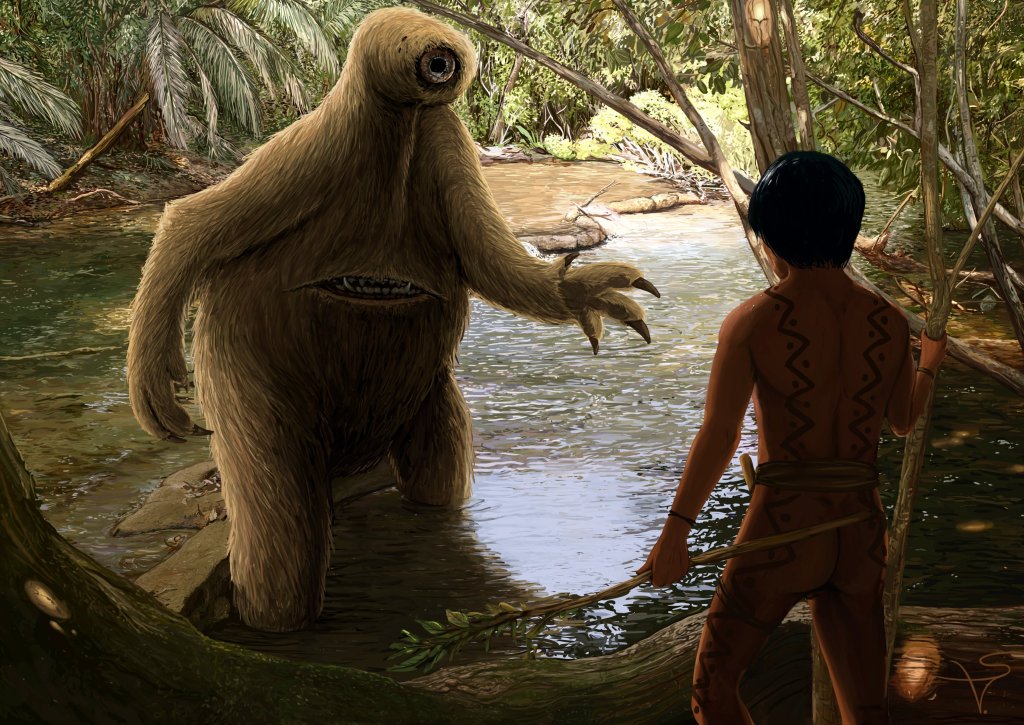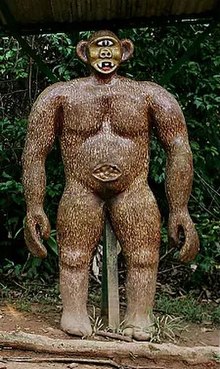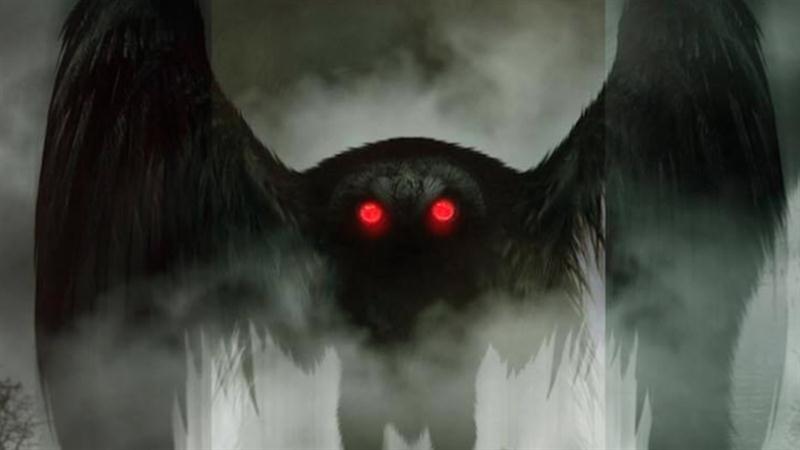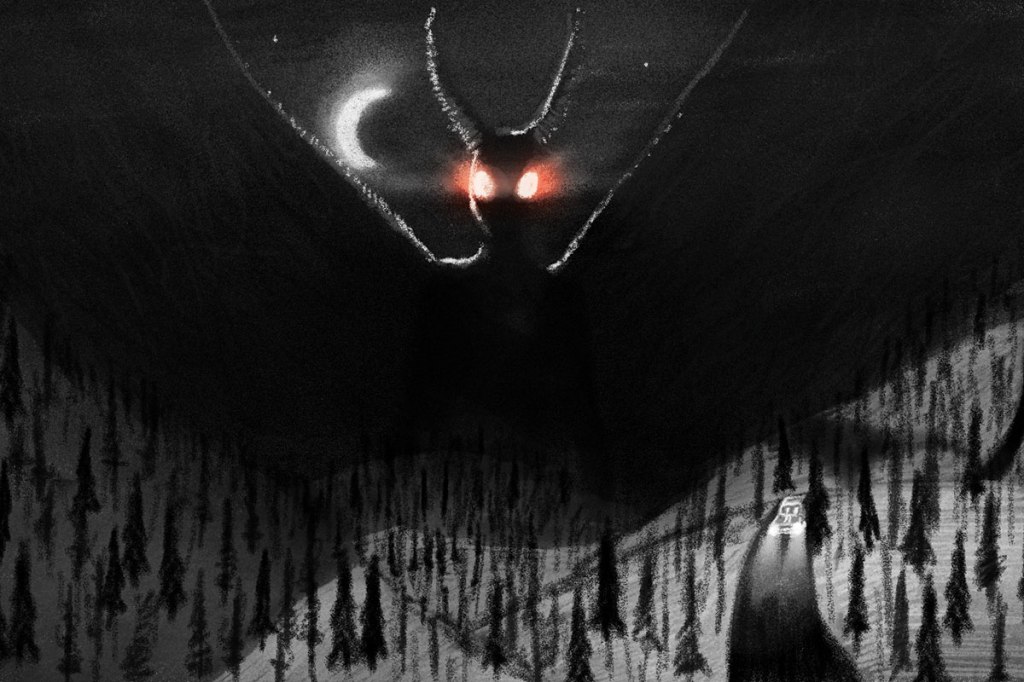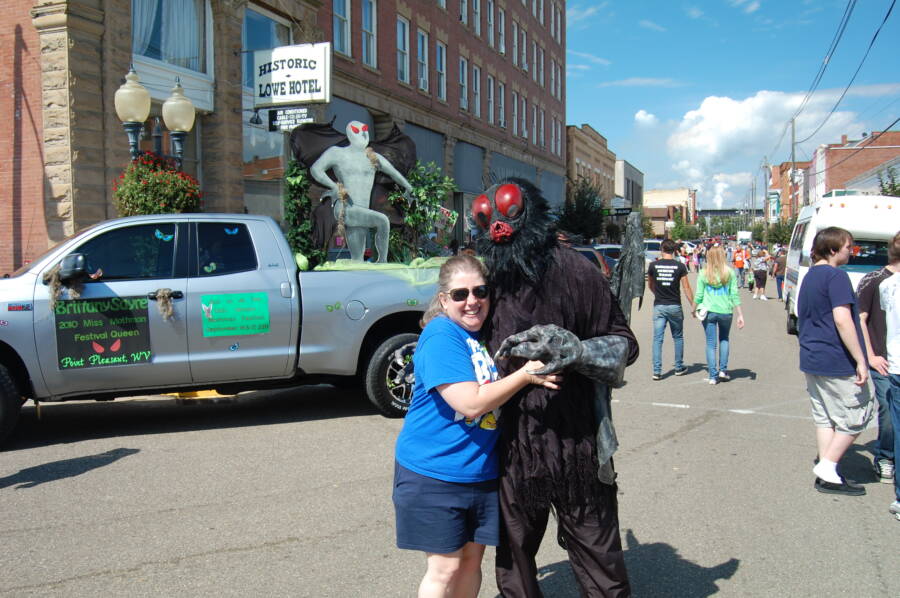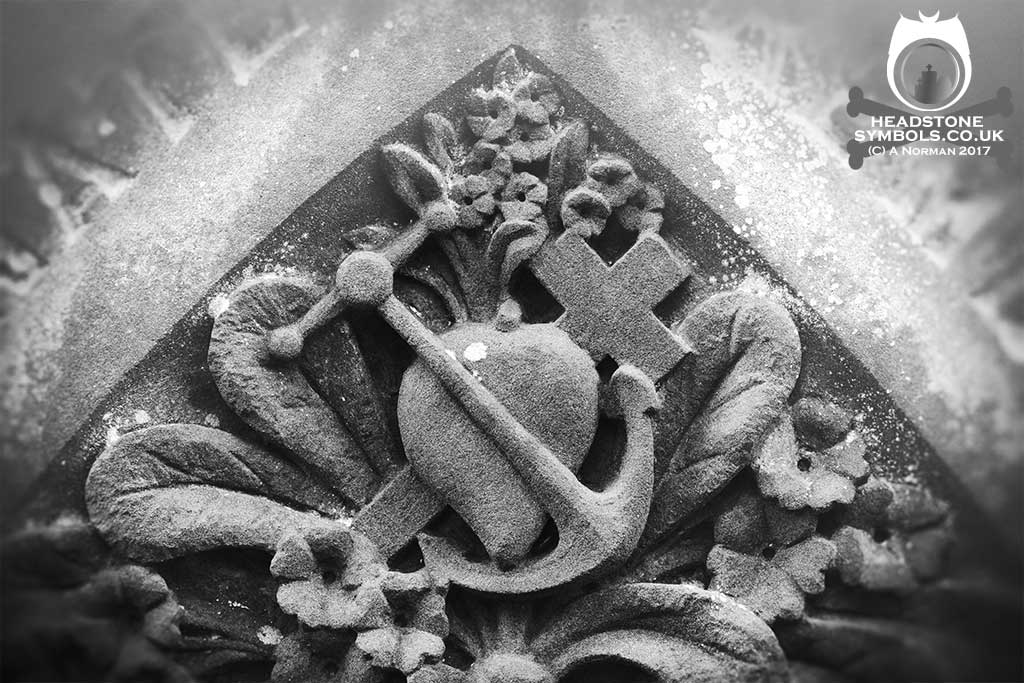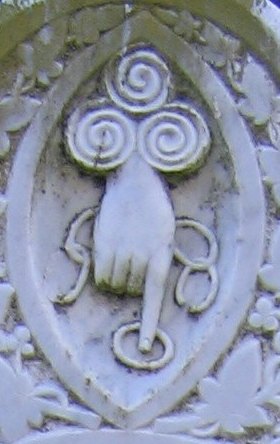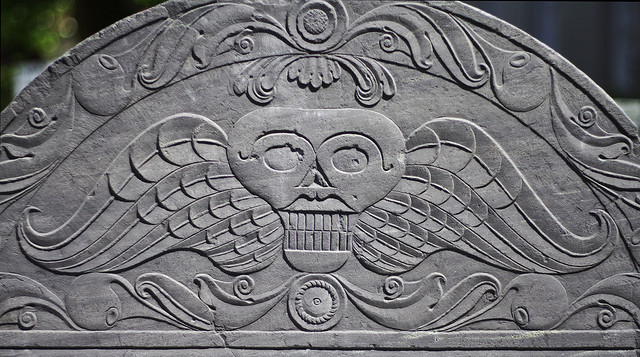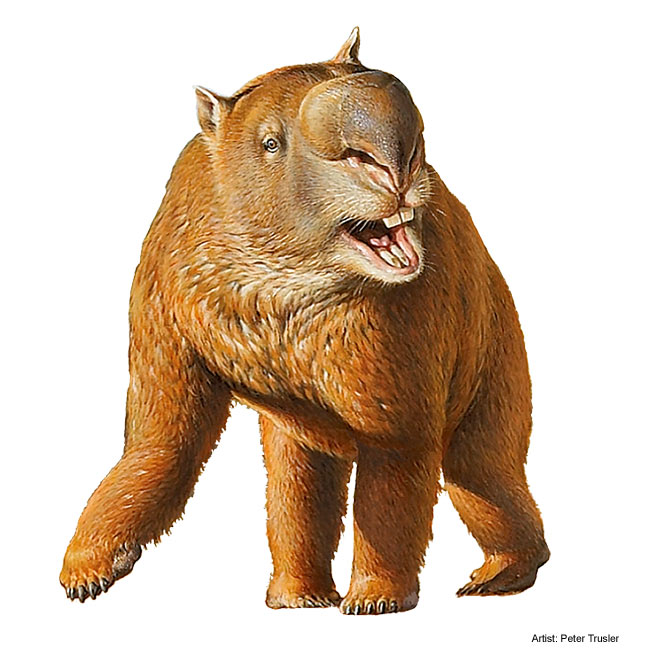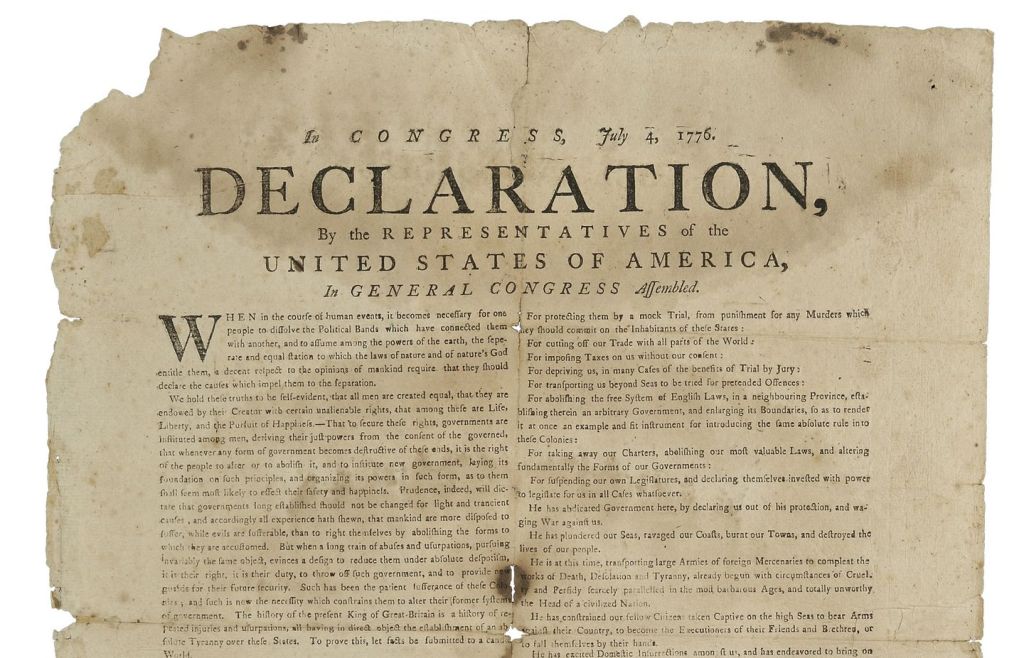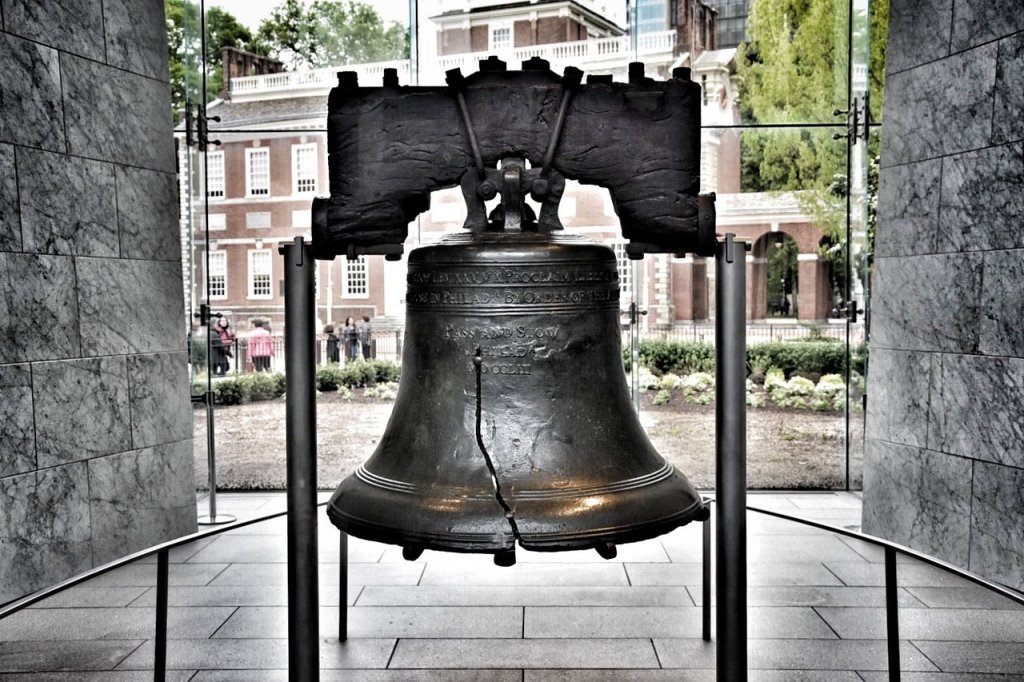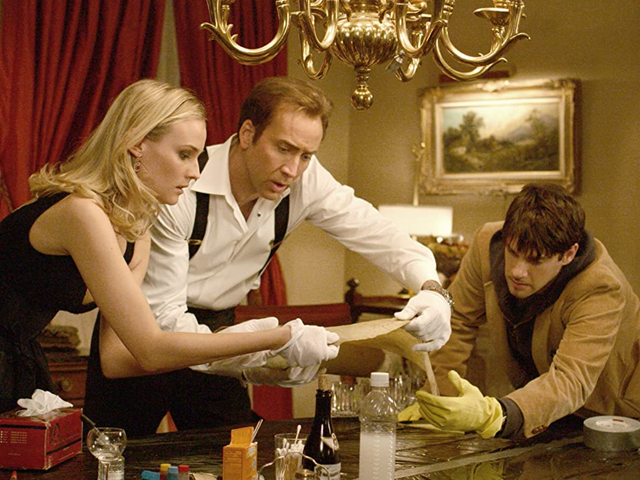
In Greek mythology, the Hydra, a monstrous serpent-like creature with multiple heads and a poisonous breath, originates from the underworld and primordial beings. Descriptions often highlight tough or impenetrable skin. Some versions consider the central head immortal, intensifying the challenge of defeating the creature.
The creature’s regenerative ability is a central aspect of its mythology. When one is severed, two or more may grow in its place. Various artistic interpretations may depict the Hydra with additional embellishments, capturing the imagination of different cultures and time periods.

The most famous story surrounding the Hydra is Heracules battle against it during his trials. Eurystheus tasked Heracles with defeating the Hydra, a monstrous serpent in the marshes of Lerna. Heracles, accompanied by his nephew Iolaus, approached the Hydra’s lair. As Heracles attacked, he discovered the challenge of the Hydra’s regeneration. Realizing he couldn’t defeat it with conventional methods, he enlisted Iolaus’ help. As Heracles cut off each head, Iolaus used a torch to cauterize the neck stumps, preventing the regeneration.
So what inspired this monster?
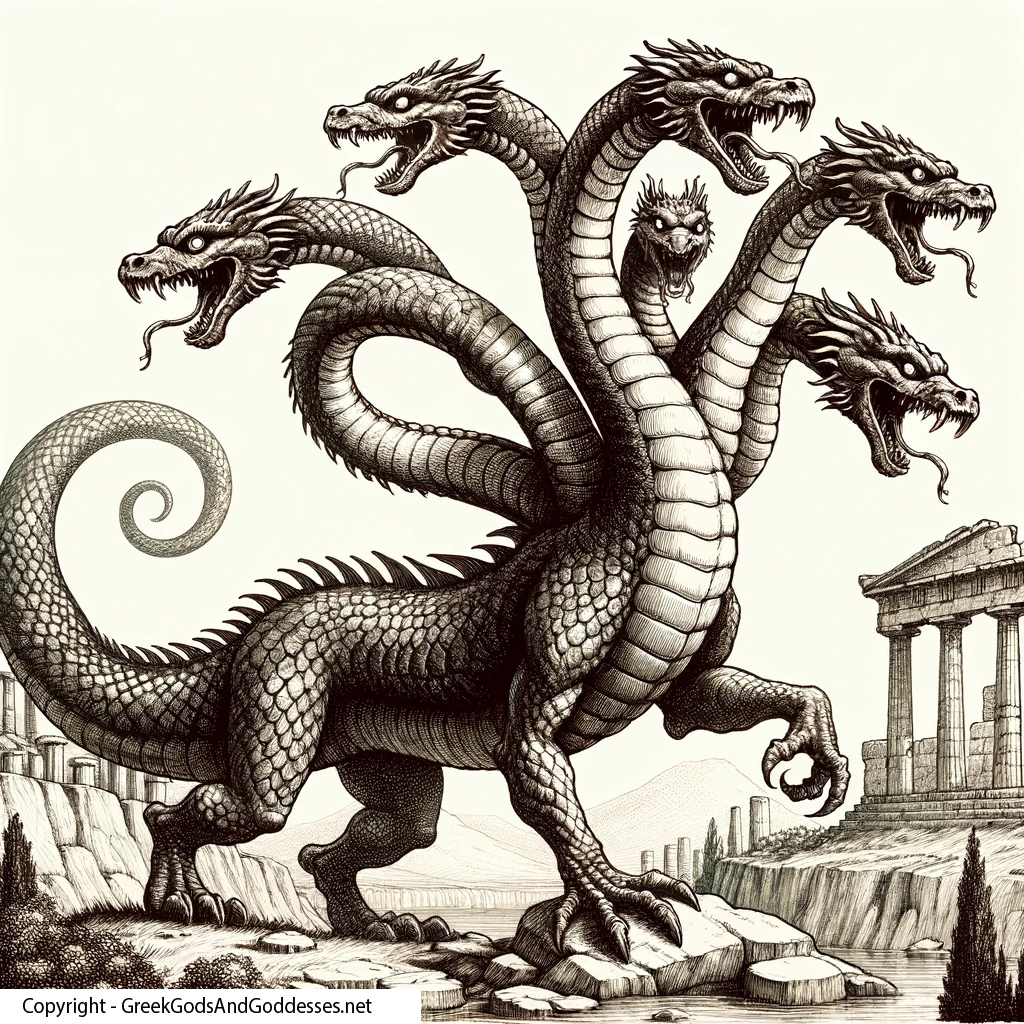
While the origins of the Hydra are unclear, most historians agree that the creature symbolized the timeless struggle between man and insurmountable challenges. The story is used to illustrate the virtues of persistence, strategy, and collaboration in the face of daunting adversity.

The legacy of the Hydra is enduring. In fact, science has even found a group of cnidarians (which also include corals and jellyfish) that have become its namesake.
These animals are native to temperate and tropical regions discovered in the mid-1700’s. Much like the mythical beast, when the animal has part of it severed, it will regenerate. They do not die of old age or appear to age at all.
The hydra is very similare to anemones and are generally sedentary. They attach themselves to substrate, using their “arms” to pull in prey. They reproduce mostly by asexual “budding”. A new organism develops from an outgrowth or bud due to cell division at one particular site. These buds develop into tiny individuals and, when fully mature, detach from the parent body and become new independent individuals.
Scientists have been particularly interested in the regenerative aspects of Hydra morphology. This regeneration occurs without cell division. If the Hydra is sliced into many segments, the middle slices form both a “head” and a “foot”. Hydras are capable of regenerating from pieces of tissue from the body and additionally from dissociated single cells. The regenerative ability is surprising and still being studied.

In Greek mythology the Hydra was a poisonous, many-headed serpent with frustratingly effective powers of regeneration. A monster of myth, right? Hydras do exist. You can find them in your local pond and they’re as fascinating as the mythological one, just a bit smaller.
Sources:
Brusca, R. C, and Brusca, G. J., 2003. Invertebrates, 2nd ed. Sinauer Associates, Inc., Publishers, Massachusetts. Page 220 and 256.
Canada’s Aquatic Environments (2002). Cnidaria.
Hydra – Greek serpent slain by Heracles. mythicalcreatures.info. (2023, December 18). https://mythicalcreatures.info/characters/hydra/



